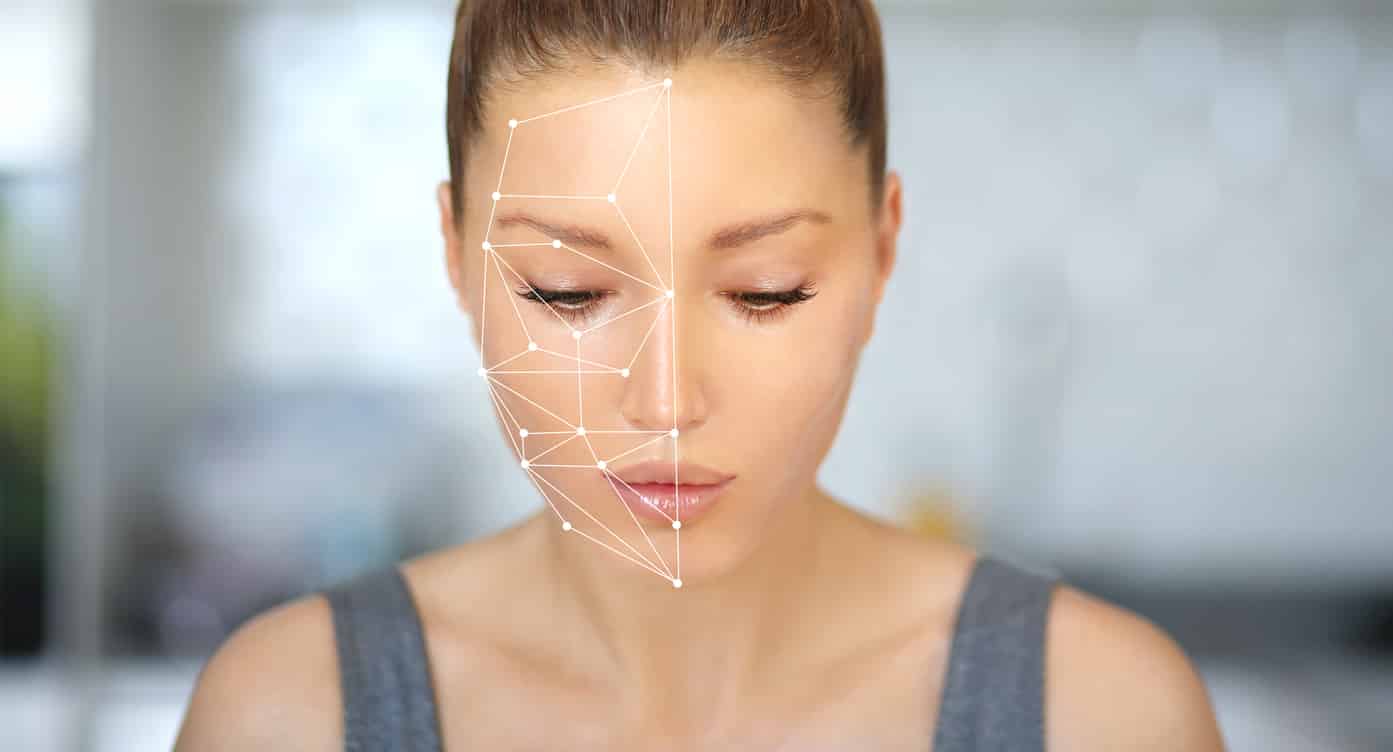Hyaluronic Acid Dermal Fillers

While wrinkles get the lion’s share of attention as signs of aging, volume loss is probably more telling. As we age, our bodies produce less and less collagen every year. This allows our cheeks to flatten and sink, our lips to thin and develop vertical lines, and the skin around the mouth to begin to show wrinkles. Add sun damage and the natural slackening of tissue with the passing years and you have a perfect recipe for facial aging.
To address these problems, Dr. Walker offers the entire line of Juvéderm, Restylane and RHA hyaluronic acid dermal fillers to fight this volume loss. Each filler addresses a different area of the face and replaces lost volume.


What is a dermal filler?
The name says it all — when dermal fillers are injected beneath a wrinkle, crease, or sunken area, these injectables “fill in” the area, pushing the skin back upward. Dermal fillers are classified as “natural” or “synthetic,” depending on what they are made with.
Dr. Walker only uses Juvéderm “natural” fillers made primarily from hyaluronic acid.
What is hyaluronic acid?
Hyaluronic acid is a sugar molecule that occurs naturally in the skin. It helps bind water to collagen, hydrating the skin and making it appear plumper and firm. Hyaluronic acid also works to provide cushion and lubrication in our joints and other tissues.
How are hyaluronic acid fillers different than Botox?
Dermal fillers treat what are known as “static” wrinkles. These are the wrinkles that develop from sun damage and natural aging, and they show themselves at all times. Botox® is different; it is a neuromodulator, and it treats what are called “dynamic” wrinkles. These are wrinkles that form when muscles contract under the skin when we make expressions such as smiling or squinting. Botox® relaxes the muscle, so the wrinkle doesn’t form above it. Botox® has no effect on static wrinkles.
What areas of the face do hyaluronic acid fillers work on?
The Juvéderm® line of hyaluronic acid fillers used by Dr. Walker targets the static wrinkles described above. These wrinkles, lines, and creases form primarily due to sun damage and the continuing decline of collagen as we age. Every year after our 20th birthday, our bodies produce one less additional percentage point of collagen. That means at 50, your body is now producing one third less collagen than in your youth. That collagen decrease, coupled with sun damage, allows the formation of the lines, creases, and areas of volume loss (such as the cheeks) that are the typical signs of facial aging.
These are the areas and issues Dr. Walker uses Juvéderm hyaluronic acid fillers to treat:
- Smile lines running from the nose down to the corners of the mouth
- Parentheses lines framing the sides of the mouth
- Marionette lines descending from the corners of the mouth
- Barcode lines above the upper lip
- Sunken cheeks
- Under eye hollow
- Tear troughs

Dermal Fillers can also be used to return volume to the backs of the hands to mask the tendons and blood vessels that become more and more prevalent with age.
What fillers use hyaluronic acid?
The world’s most popular dermal fillers are hyaluronic acid fillers.
Dr. Walker utilizes the below fillers to help with patients concerns:
- Juvederm Voluma
- Juvederm Volux
- Juvederm Vollure
- Juvederm Volbella
- Juvederm Ultra
- Restylane Lyft
- Restylane Contour
- Restylane Refyne
- Restylane Defyne
- Restylane-L
- Resylane Kysse
- RHA 2
- RHA 3
- RHA Redensity
What Our Patients Have to Say
"I love Dr. Walker’s office! She’s amazing, and is so warm, professional and detailed in her approach. Her office staff is super friendly, which honestly, matters a ton in today’s world. Excellent patient experience and would highly recommend."
Are there any risks involved with having dermal fillers injected?
All the fillers Dr. Walker offers have been approved by the FDA for aesthetic use. To gain these approvals, each filler needed to be proven safe and effective for treating the signs of aging.
Because hyaluronic acid is a substance that occurs naturally in the human body, reactions to Juvéderm products are very rare. Plus, if the patient isn’t happy with the look of an injected area, Dr. Walker can inject an enzyme into the area, and it instantly breaks down the hyaluronic acid and returns the skin to its former appearance. Otherwise, there can be a little redness and slight swelling at the injection sites, but that passes very quickly. Results are immediate.
How do I know which Juvéderm filler is right for me?
We carry multiple filler portfolios that each have indications for multiple areas of volume loss.
At your initial consultation, you’ll describe the issues you’d like to address with your facial aging. From there, our Nurse Injector, Katelyn can determine which is best for you!
Schedule a Consultation
For more information about The Plastic Surgery Center of Dallas and the services we provide in Dallas and the surrounding areas, please call us at 972-661-5077 or fill out the consultation request form on this page. Dr. Rachel Walker and her staff will reach out to you as quickly as possible.
